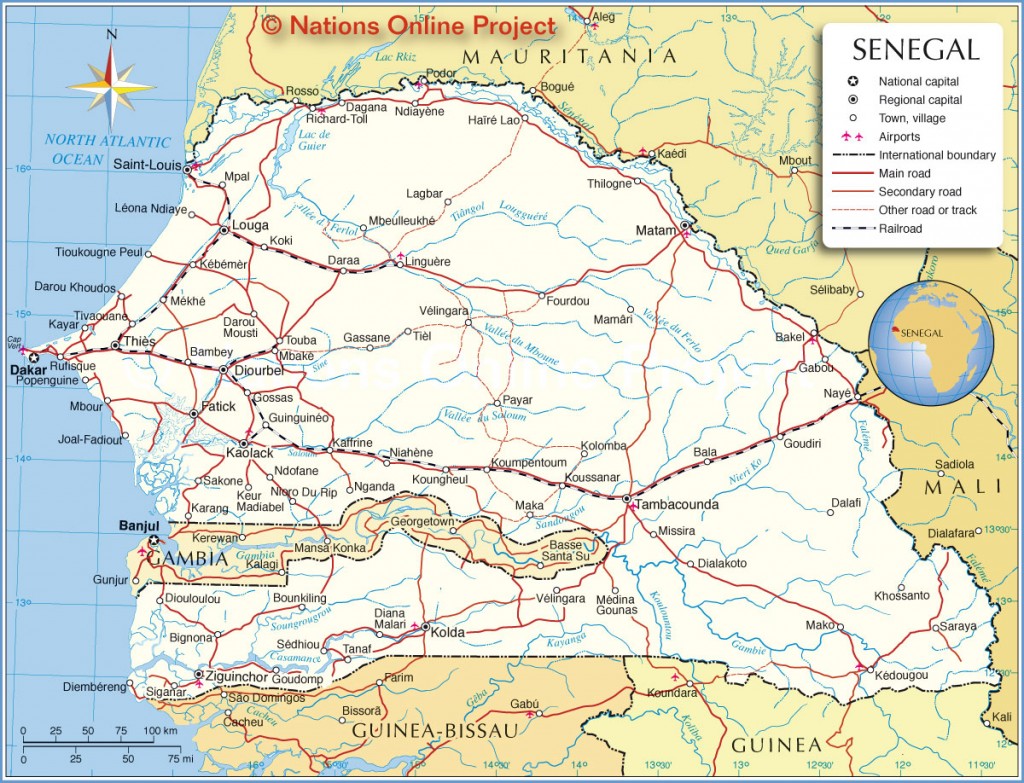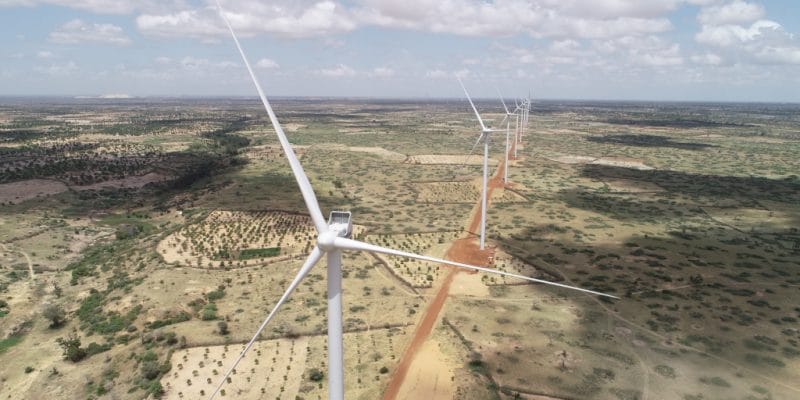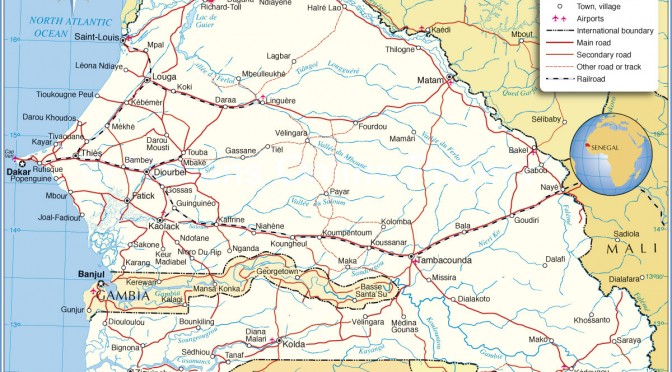Senegal, a West African nation with a population of over 16 million, is uniquely positioned to harness the power of the trade winds and capitalize on its vast wind energy potential. The country’s coastal location along the Atlantic Ocean and the prevalence of the Harmattan trade winds make it an ideal setting for the development of wind energy projects. In recent years, Senegal has made significant strides in tapping into this renewable energy source, which has the potential to transform the country’s energy landscape and contribute to its sustainable development goals.
One of the key drivers behind Senegal’s push for wind energy is the need to diversify its energy mix and reduce its dependence on fossil fuels. Currently, the country relies heavily on imported oil and coal for its energy needs, which not only exposes it to volatile global energy prices but also contributes to greenhouse gas emissions. By investing in wind energy, Senegal can reduce its reliance on imported fossil fuels, lower its carbon footprint, and create a more sustainable and resilient energy system.
Moreover, the expansion of wind energy in Senegal can play a crucial role in addressing the country’s persistent energy access challenges. Despite significant progress in recent years, nearly 40% of the population still lacks access to electricity, particularly in rural areas. Expanding the wind energy sector can help bridge this gap by providing a clean, reliable, and cost-effective source of electricity to underserved communities. This, in turn, can spur economic growth, improve living standards, and contribute to poverty reduction efforts.
In recognition of the vast potential of wind energy, the Senegalese government has set ambitious targets for the sector’s growth. As part of its commitment to the Paris Agreement on climate change, Senegal aims to generate 30% of its electricity from renewable sources by 2030, with wind energy expected to play a significant role in achieving this target. To this end, the government has enacted supportive policies and regulatory frameworks to attract investment in the sector and facilitate the development of wind energy projects.

One notable example of Senegal’s commitment to wind energy is the recently completed Taiba N’Diaye wind farm, the largest of its kind in West Africa. With a capacity of 158.7 megawatts, the facility is expected to increase Senegal’s power generation capacity by 15% and provide electricity to approximately two million people. The project, which was developed by the British renewable energy company Lekela Power, demonstrates the strong collaboration between the public and private sectors in advancing the country’s wind energy ambitions.

Furthermore, Senegal’s wind energy potential has attracted the attention of international development partners, who are keen to support the country’s transition to a low-carbon economy. For instance, the World Bank has provided financial and technical assistance for the development of the country’s first utility-scale wind power project, the 46-megawatt Koudia Al Baida wind farm. Similarly, the African Development Bank has approved a loan of $142 million to finance the construction of the 159-megawatt Parc Eolien Taiba N’Diaye wind farm.
In conclusion, Senegal’s wind energy potential offers a unique opportunity for the country to harness the power of the trade winds and transform its energy landscape. By investing in wind energy, Senegal can diversify its energy mix, reduce its dependence on fossil fuels, and expand access to electricity for millions of its citizens. With the right policies, regulatory frameworks, and partnerships in place, the country is well on its way to becoming a regional leader in wind energy and a model for sustainable development in Africa.
Senegal – https://www.senegal.sn/en/
Lekela Power – https://www.lekela.com/
World Bank – https://www.worldbank.org/
African Development Bank – https://www.afdb.org/


